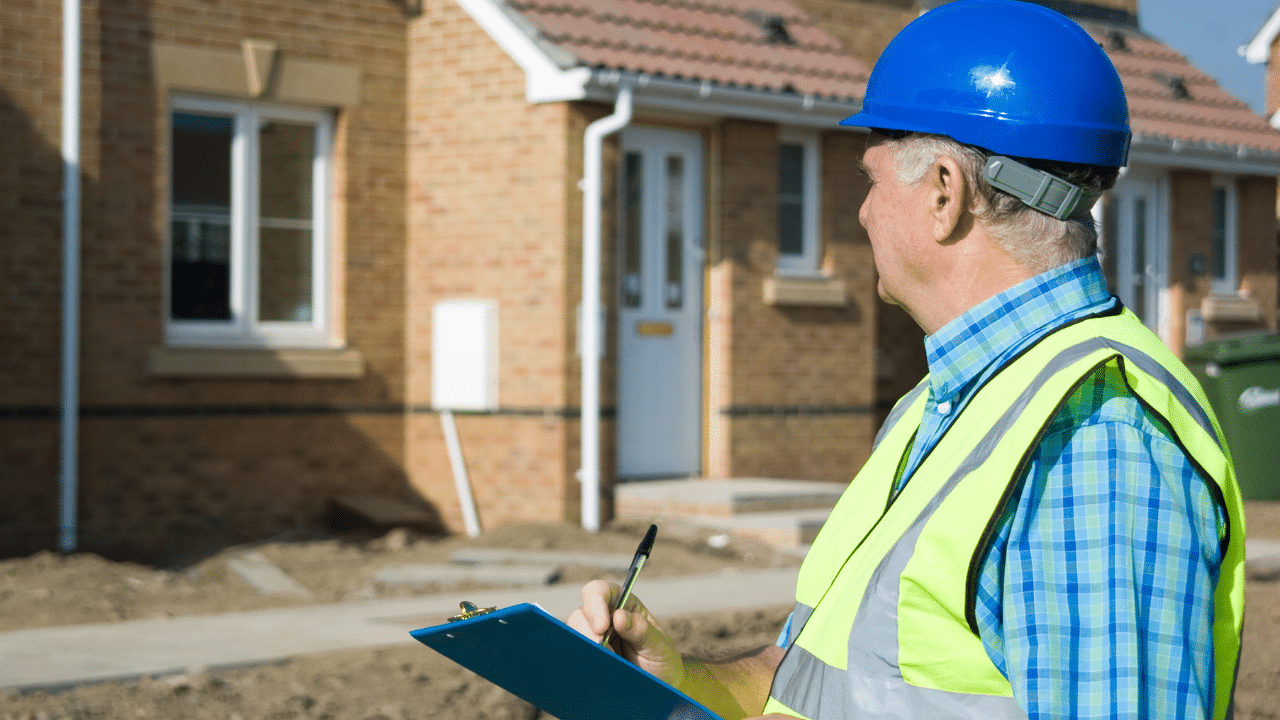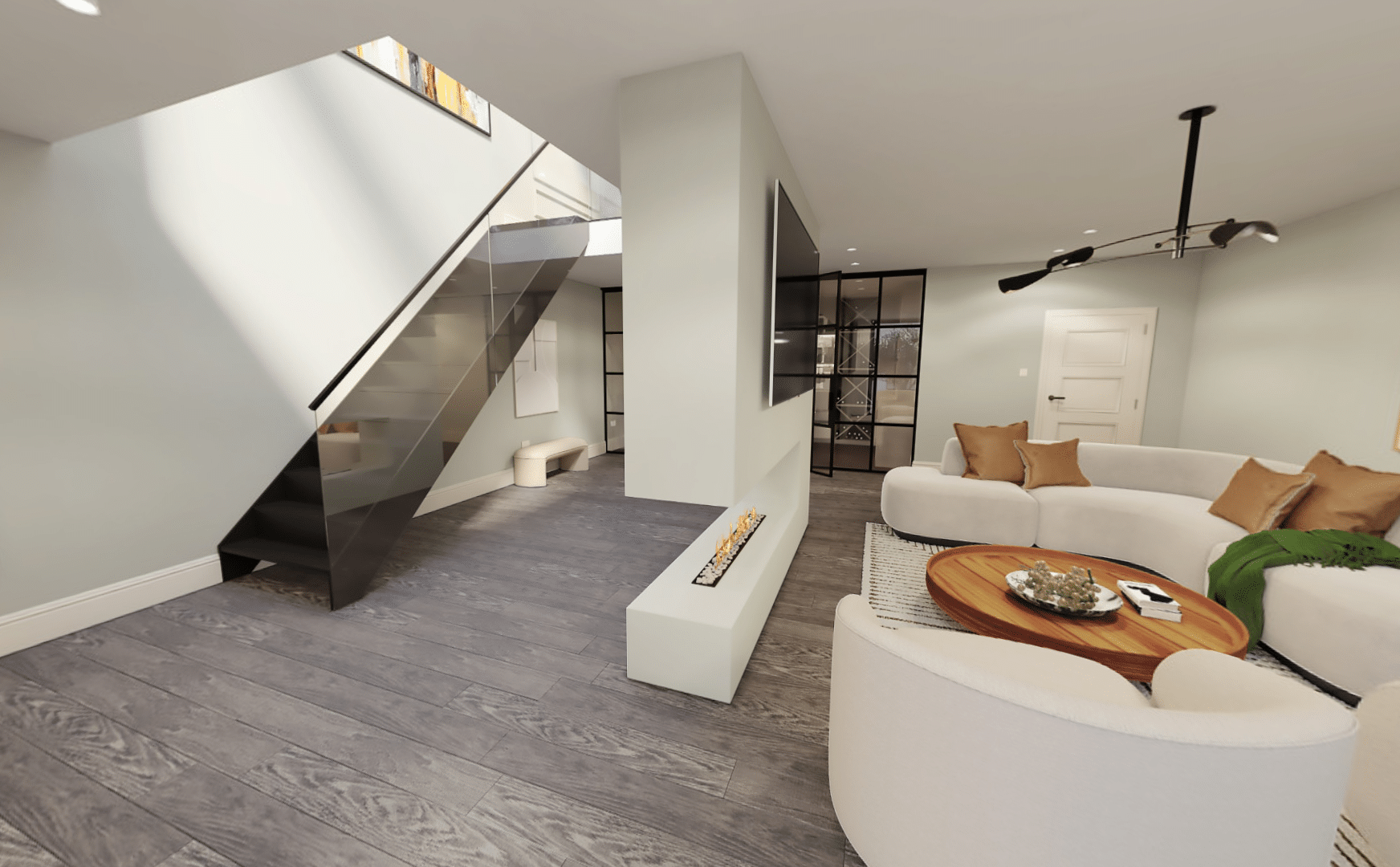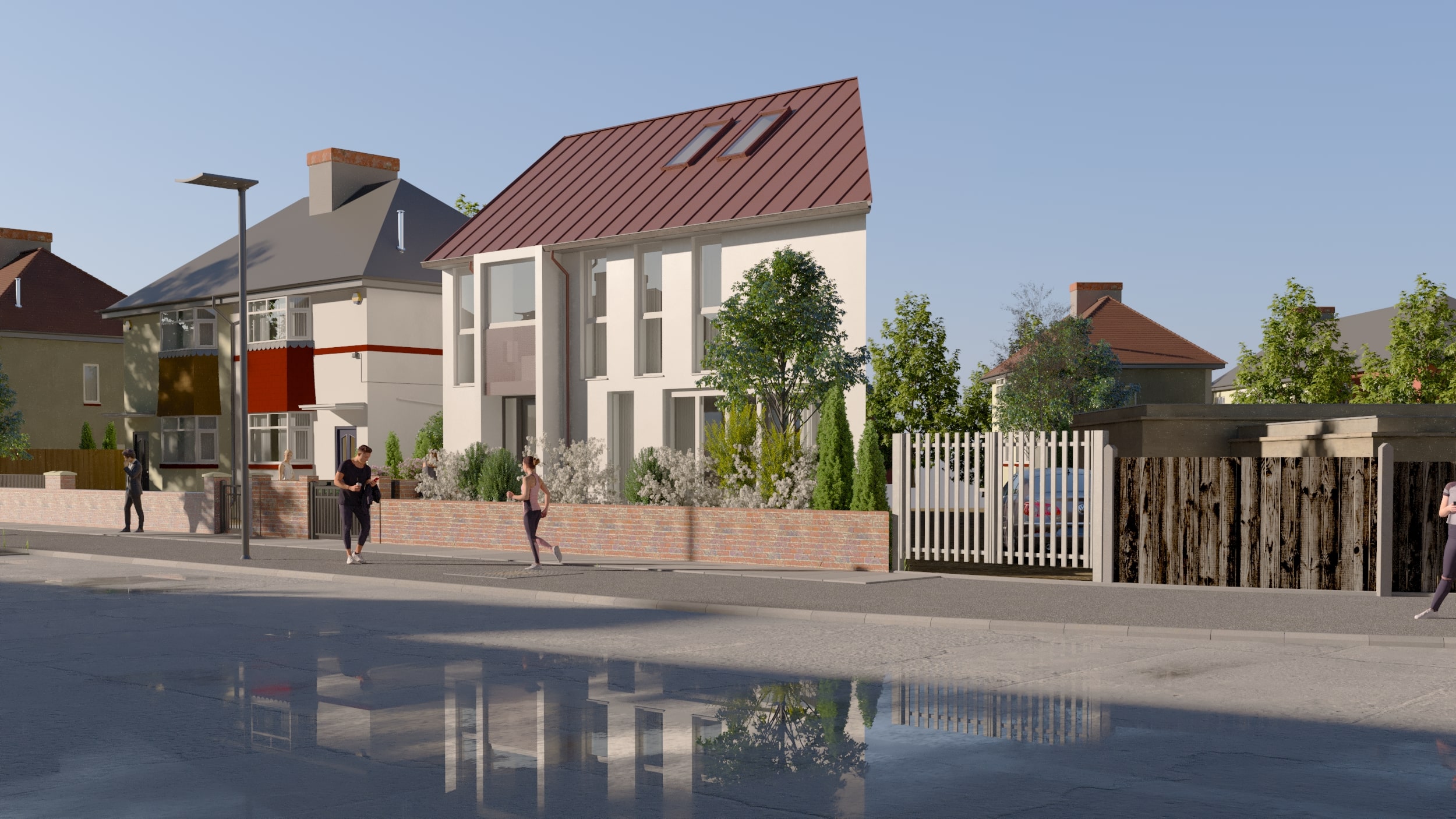
Sustainable Architectural Interior Design: Eco-Friendly Innovations
In today’s fast-paced world, the need for sustainability is more pressing than ever, especially in the world of architecture and interior design. As the built environment grows, both architects and interior designers are embracing eco-friendly practices to reduce carbon footprints and create healthier, more energy-efficient spaces. Sustainable architectural interior design is no longer just a buzzword—it’s a vital approach to creating spaces that are both functional and environmentally responsible.
At Aura Architecture and Interiors, we are dedicated to crafting spaces that reflect the beauty of thoughtful design while prioritising sustainability. Let’s explore how sustainable architecture and eco-friendly interior design blend to create unique, energy-efficient environments.
The Intersection of Architecture and Interior Design
The integration of architecture and interior design is crucial to creating truly sustainable spaces. While architecture focuses on the building’s structure, materials, and energy-efficient systems, interior design enhances these elements by selecting furniture, finishes, and décor that complement sustainability goals.
Sustainable architectural interior design ensures that eco-friendly principles are integrated not only into the structure but also within the interior space. Architects and interior designers work together to create holistic, sustainable environments that reduce energy consumption, minimise waste, and improve the well-being of those who use the space. This collaboration between interior architects and designers plays a key role in successfully organising and executing interior architecture and design proposals.
Eco-Friendly Materials in Sustainable Architecture and Interior Design
One of the most exciting aspects of sustainable architectural interior design is the use of eco-friendly materials that minimise environmental impact. Here are some key materials making waves in the industry:
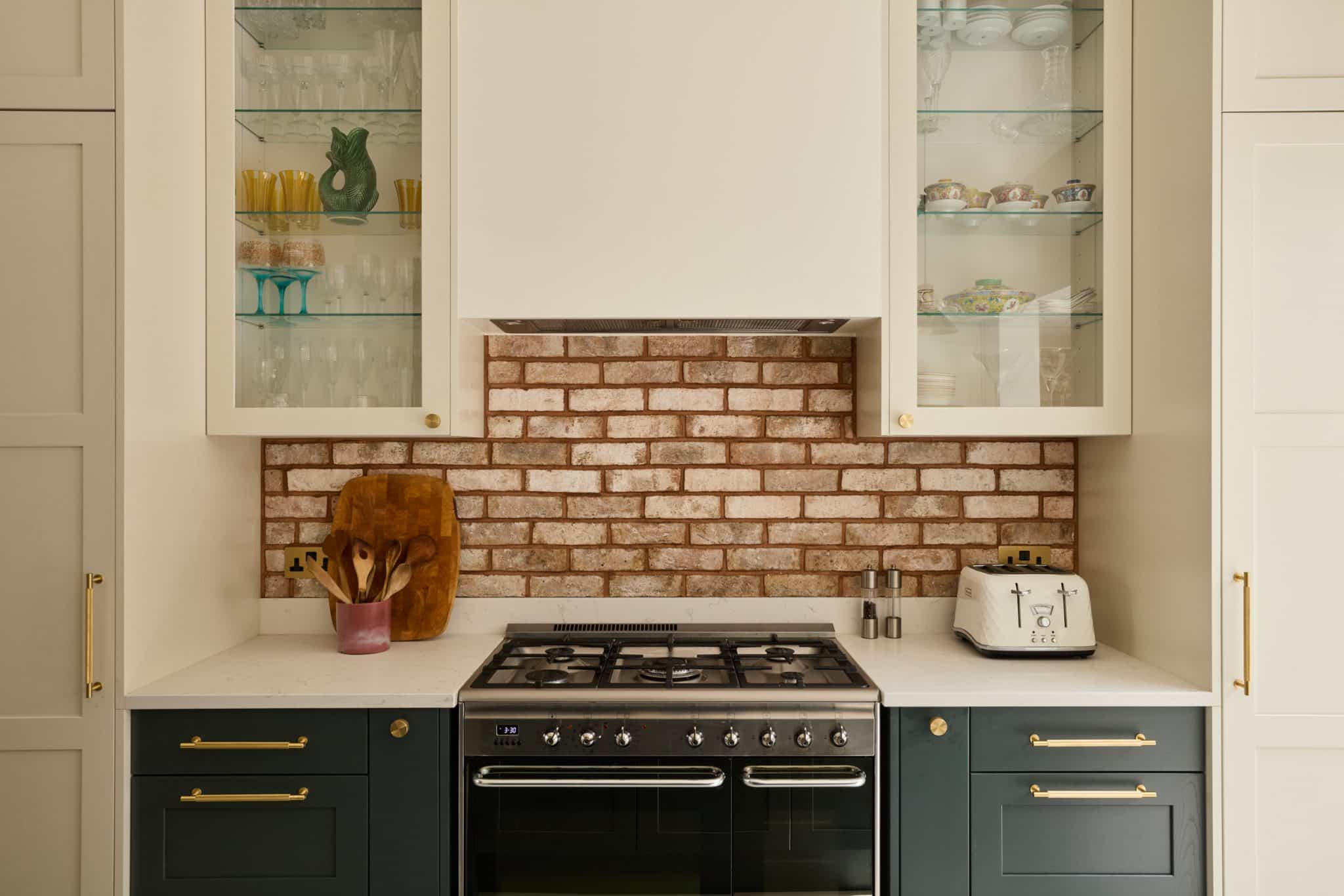
Recycled and Upcycled Materials
Recycling and upcycling are gaining momentum in both architecture and interior design. Architects are incorporating recycled steel, glass, and wood into building structures to reduce the need for new materials. These reclaimed materials not only reduce waste but also add unique character to the building.
For interior decoration, materials like upcycled furniture, reclaimed wood flooring, and recycled glass countertops are not only eco-conscious but also create one-of-a-kind designs. These materials are perfect for homeowners and businesses looking to create an environmentally responsible yet stylish space.
Sustainable Wood and Bamboo
Wood is a renewable resource, and when sourced responsibly, it becomes an excellent material for both architectural and interior design projects. Sustainable wood, certified by organisations like the Forest Stewardship Council (FSC), can be used in structural elements such as beams or flooring, as well as interior furniture.
Bamboo is another rapidly renewable material used in both architecture and interior design. It’s a durable and eco-friendly option for flooring, wall panels, and furniture, making it a staple in sustainable design.
Green Insulation Materials
Effective insulation is essential for reducing energy consumption, and green insulation options like cellulose (made from recycled paper) and spray foam (using renewable resources) are helping to reduce environmental footprints. These sustainable insulation materials are ideal for energy-efficient buildings and eco-conscious interiors.
Layout: Designing for Function and Sustainability
In sustainable architectural interior design, layout plays a significant role in optimising space and energy efficiency. Thoughtfully organising interior space not only enhances aesthetics but also ensures functionality while minimising resource consumption.
A well-planned layout maximises natural light and airflow, reducing the need for artificial lighting and cooling systems. By prioritising open floor plans and adaptable spaces, designers can create flexible areas that meet diverse needs without wasting valuable resources. For instance, strategically placed windows allow for passive heating and cooling, while open spaces promote cross-ventilation, minimising energy usage.
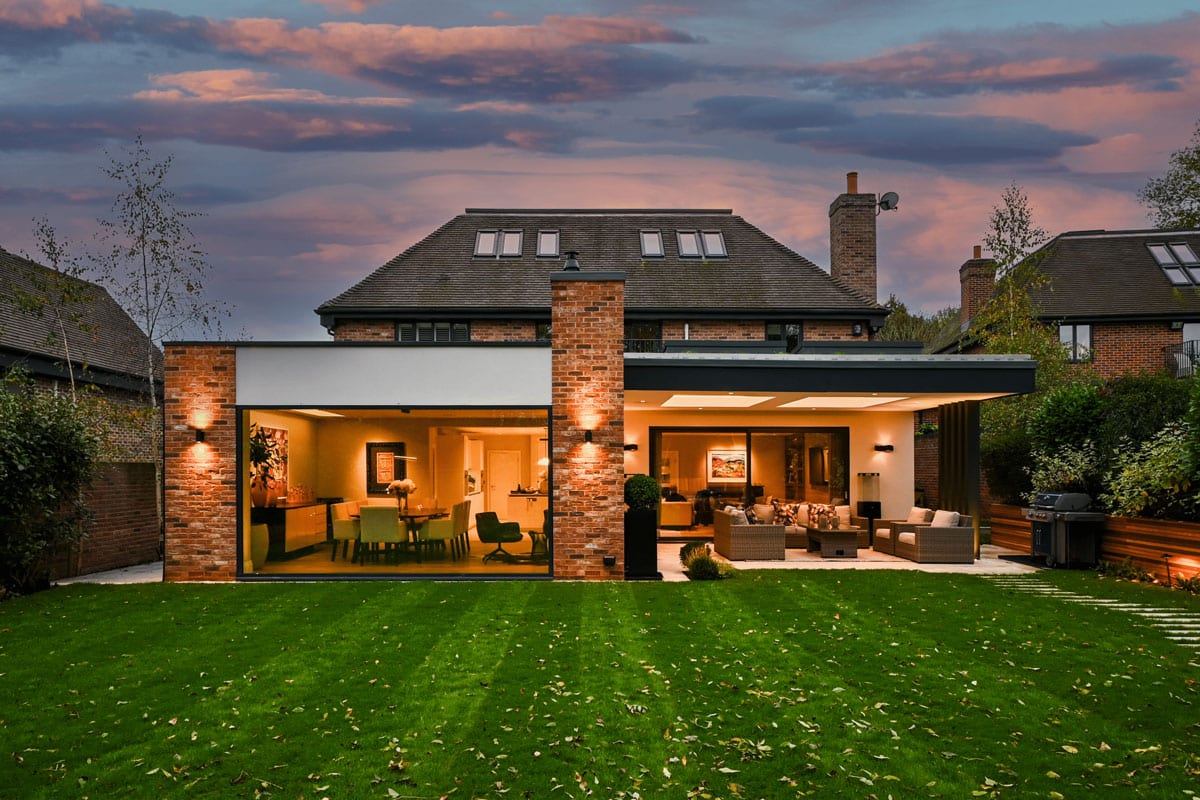
Additionally, an efficient layout ensures that furniture and décor are placed in a way that optimises the use of eco-friendly materials and minimises clutter, creating a harmonious, environmentally conscious interior. Whether you’re designing a home or a commercial space, incorporating these layout strategies can help achieve both a beautiful and sustainable environment.
Passive Design for Energy Efficiency
Passive design principles focus on using natural resources to reduce a building’s energy consumption. By optimising factors such as natural light, thermal mass, and cross-ventilation, architects can create buildings that stay cooler in the summer and warmer in the winter without relying on excessive heating or cooling.
Interior architects can enhance passive design by selecting light-coloured materials and strategic window placements that maximise daylight and reduce the need for artificial lighting. Thermal mass materials—such as concrete and stone—can also help regulate temperature indoors, reducing energy consumption.
Biophilic Design: Connecting People with Nature
Biophilic design is all about creating spaces that connect people to nature, improving mental well-being and overall quality of life. This design approach incorporates natural elements such as indoor plants, green walls, and natural finishes, making it an essential part of architectural interior design.
Using natural materials like wood and stone helps create a sense of calm and connection with nature. Additionally, green roofs, native landscaping, and outdoor spaces can further contribute to a sustainable and healthy environment.
Organising Your Sustainable Interior Design Proposal
When planning a sustainable architectural interior design project, it’s important to approach it methodically. Organising interior architecture and design proposals requires collaboration between the architect, interior designer, and client to create a balanced vision that aligns with sustainability goals.
Consider all aspects of the interior space, from the choice of eco-friendly materials to energy-efficient systems, and ensure that each design element contributes to reducing the building’s overall environmental impact. A well-organised proposal also considers budget, timeline, and implementation, ensuring that sustainability is maintained throughout the design process.
The Future of Sustainable Architectural Interior Design
As we continue to push the boundaries of sustainable practices, the future of architectural interior design will be shaped by new technologies, smart home innovations, and green construction methods. The integration of solar panels, rainwater harvesting systems, and energy-efficient smart home technology will make it easier to build and design spaces that not only conserve resources but also contribute to a greener planet.
At Aura Architecture and Interiors, we are committed to staying ahead of these trends, ensuring that every project we undertake embraces sustainable principles from start to finish.
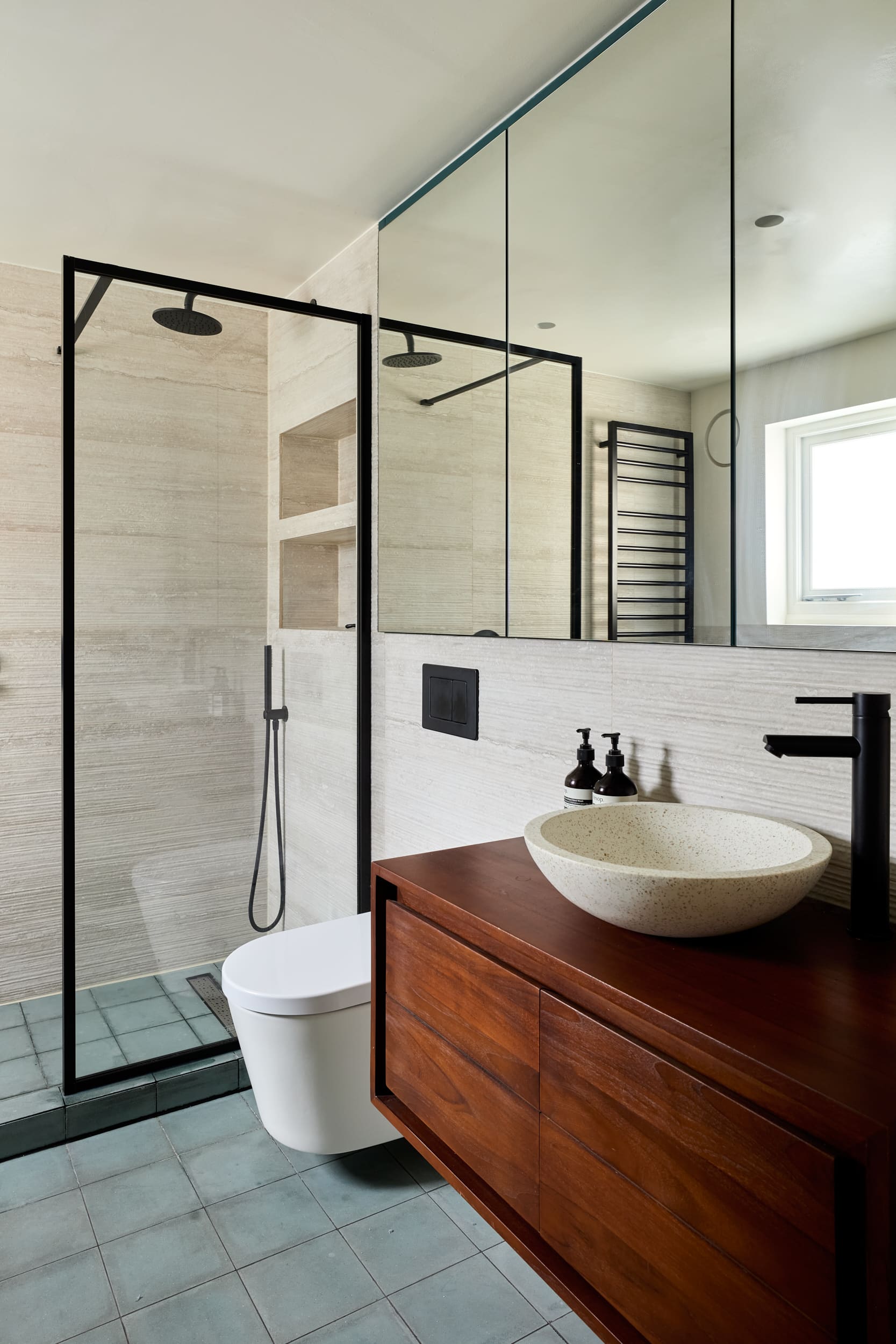
Conclusion
Sustainable architectural interior design is a powerful way to create environmentally responsible spaces without compromising on style or functionality. By integrating eco-friendly materials, energy-efficient systems, and biophilic design principles, we can craft spaces that are both beautiful and sustainable. As the demand for greener living and working spaces grows, Aura Architecture and Interiors is here to help you design a space that aligns with your eco-conscious values and your design vision.
For more information on how we can help you incorporate sustainable practices into your interior design project, visit our Interior Design Services page to explore our range of eco-friendly design options.

